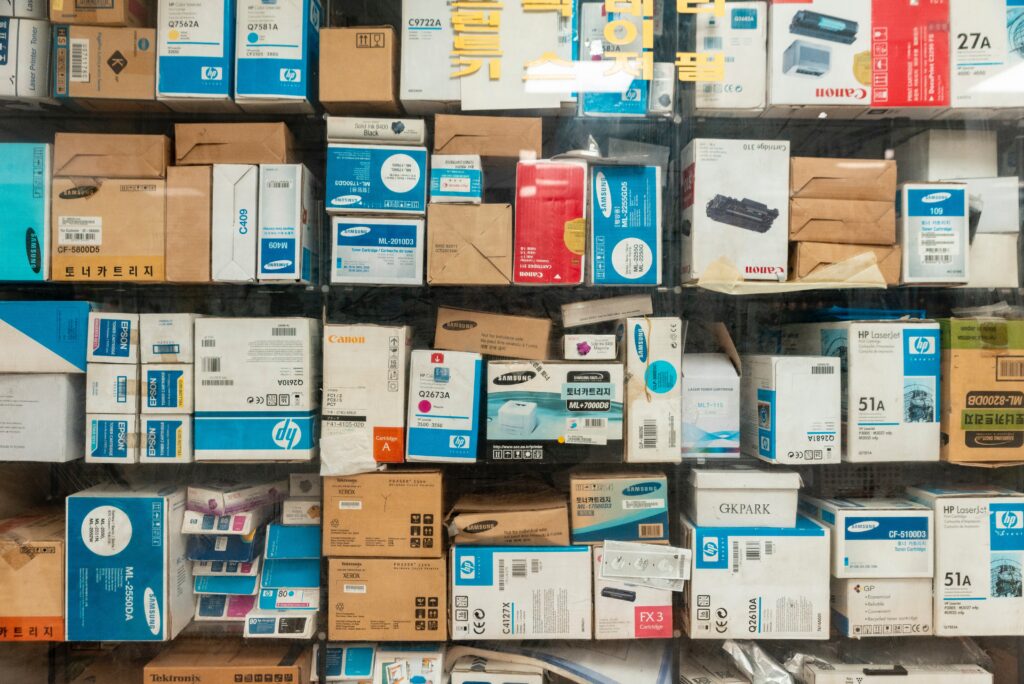Asset management software is not new, yet not every company is aware of its benefits. If you have it in your business objectives to consider its implementation, then perhaps the most challenging part is choosing a vendor. Finding the right fit for your company’s needs is a priority, in addition to the essential features expected from any asset management software. Here is a list of the eight functions you should look for in a high-quality asset management software.
Does not have a limited capacity to track and record assets
When you are looking for asset management software, you need one that is capable of handling your company’s entire physical and IT inventory. If you foresee business expansion and growth, the capability of the software should grow too. In other words, it is not a mere matter of capacity – instead, what you need to look out for is scalability.
Clearly define end users
Some company assets are assigned to individuals, while others are intended for group use. The asset management software you choose should be able to set these clearly along with unique scenarios that may apply to the deployment of specific assets throughout their lifetime.
Keep track of returns and other means of disposition
It is a reality that your company may return some products due to several reasons. For example, when an employee retires, what do you do about a company-issued laptop? Your asset management software should be able to provide a visual on the benefits of different options – such as returning, selling, or reusing these assets.
Maintenance, service, and expiration records
Another vital function of asset management is keeping track of service and maintenance records. Every asset has its maintenance and service schedule. What software does is provide a convenient visual and reminder when maintenance is due and when it is time to retire or replace an asset.
Track and record cost of ownership
Of course, asset management software should have the capability to track the cost of ownership. Apart from mere figures, the software should be able to help with budget forecasting. Your asset management software should also provide insight on whether or not a specific asset is already a money pit and should be retired.
Dashboard for reports and analytics
We cannot stress enough the importance of ensuring that any business software has a user-friendly dashboard and capability to produce reports and analytics. These reports are essential in quantifying performance metrics.
Automated notification and messaging
A more sophisticated asset management software should be capable of sending an automatic notification to stakeholders. This way, there is no need to send individual emails or make phone calls for simple reminders.
Security features, search and filter functionality
There should be layers of security, depending on who accesses the platform. Since not every end-user has the same authorization to access the database, the software should have a well-defined process of adding security layers. Moreover, the same security features should also apply to search and filter functions. This way, you can ensure that access and control are limited to the right stakeholder or department manager.

